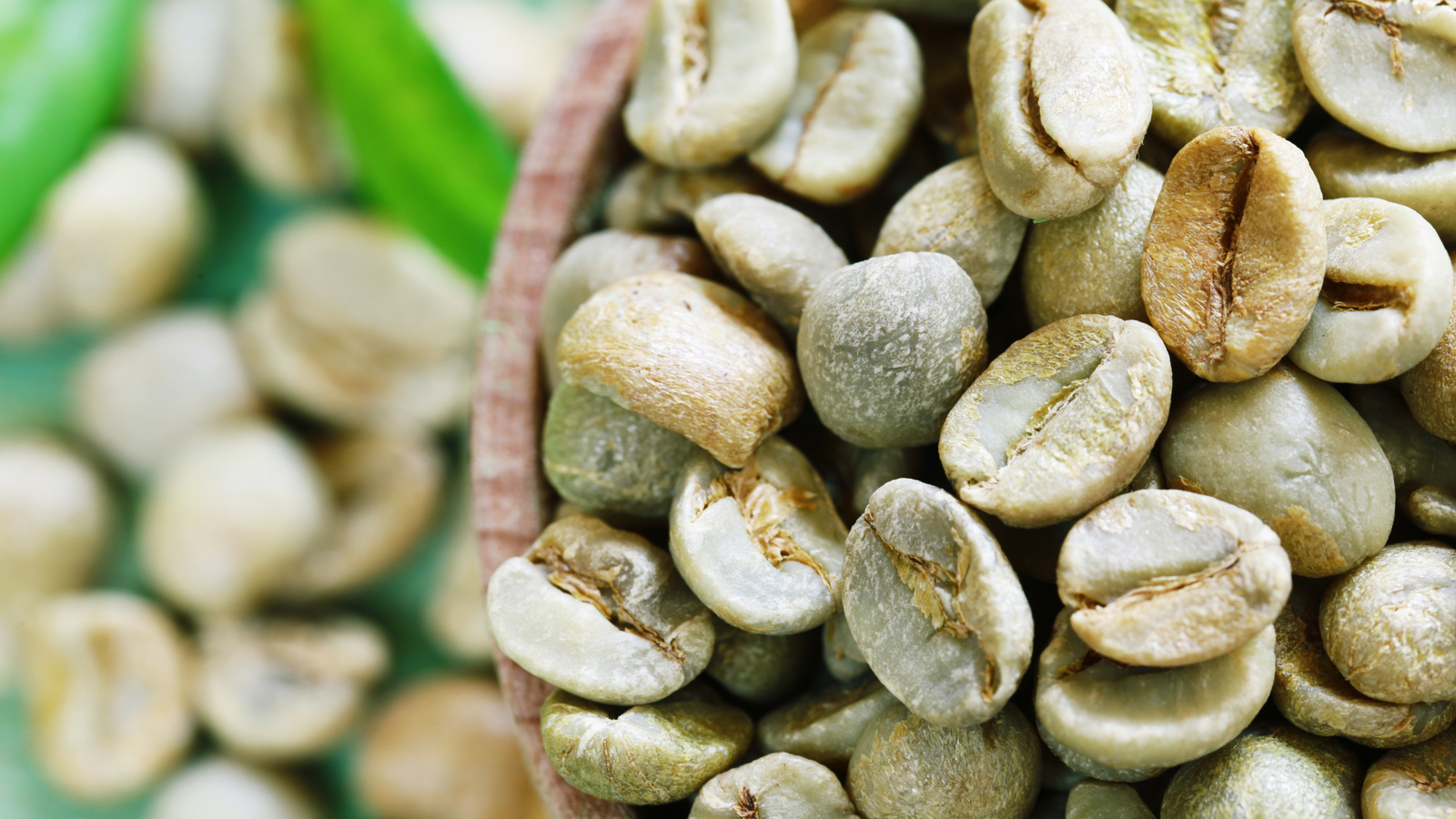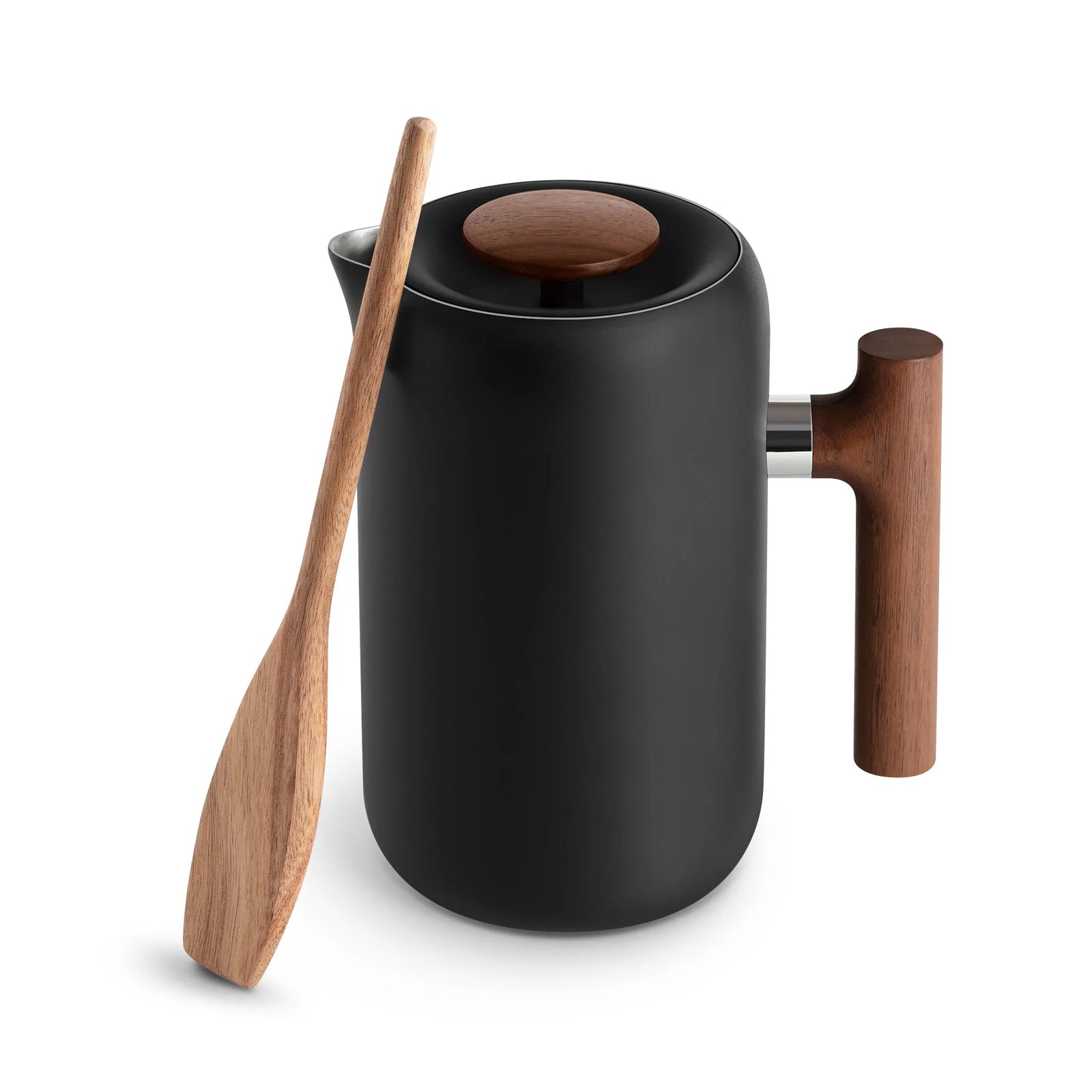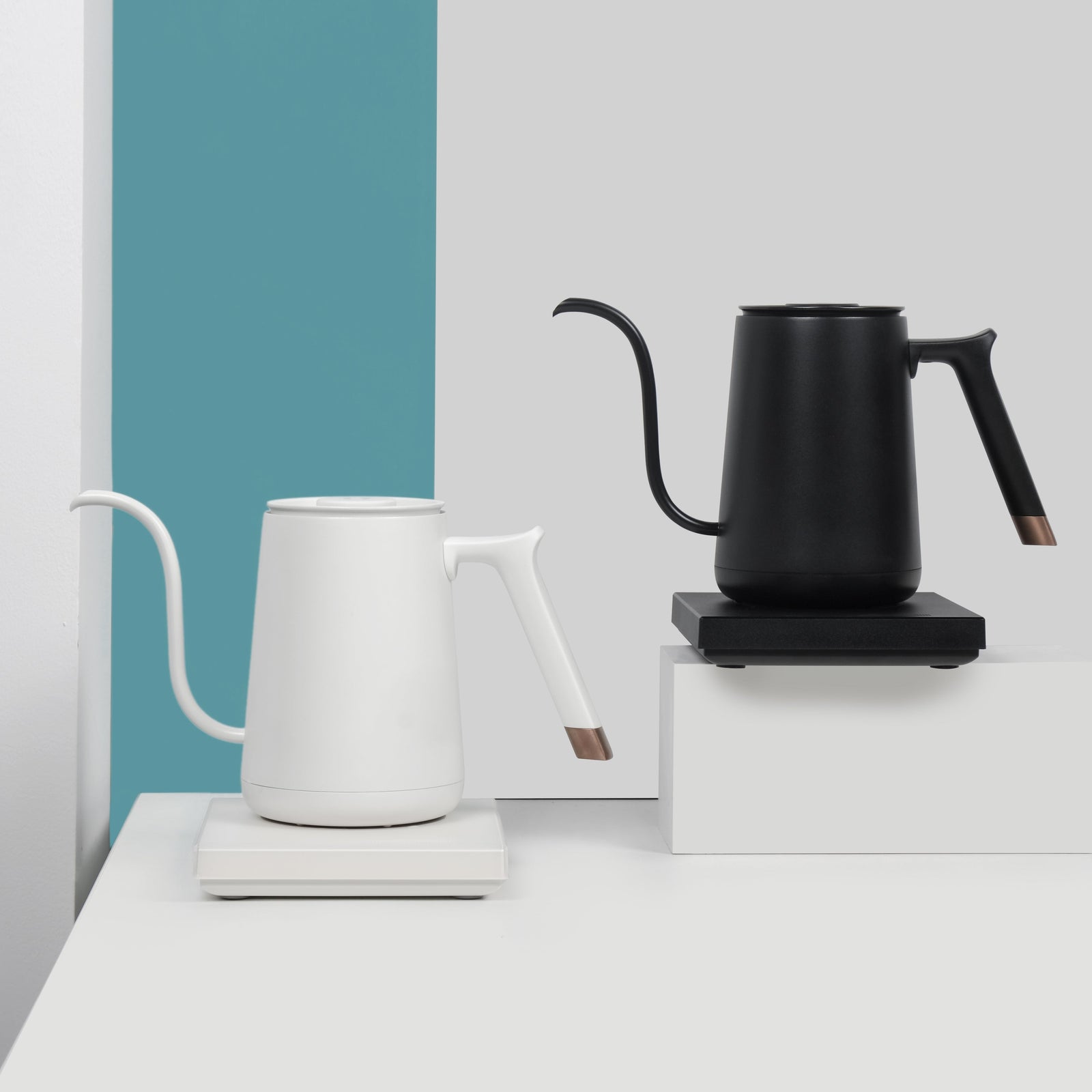Your Cart is Empty
FREE EU SHIPPING FROM €149 & US FROM €200
Menu

FREE EU SHIPPING FROM €149 & US FROM €200
OUR BRANDS

Countries and beans
October 02, 2023 3 min read
Coffee Ain’t Just Coffee: Discover the Unique Flavours of Coffee Around the World
So many people drink coffee without much thought — but where does your brew really come from?
What happens if those coffee berries are grown elsewhere, at a different altitude, or in a humid climate?
It all makes a difference.
We've been doing a lot of coffee tasting here, and it’s fascinating how every country creates its own taste characteristics — just like wine!
Get ready for this mini coffee bean world tour. Are you ready?
Table of Contents
African Coffee Origins
Ethiopia: The Birthplace of Coffee
Ethiopia holds a special place in the history of coffee, as it is considered the birthplace of coffee.
You can taste floral and fruity notes, with hints of blueberry, jasmine, and citrus.
This is one of our favourite roasts because of its lively fruitiness.

Kenya: Bright Acidity and Complexity
Kenyan coffee is famous for its vibrant acidity, full body, and complex flavour profile.
Expect bright citrus and berry notes, with a wine-like acidity, thanks to Kenya's high altitudes and volcanic soil.
Tanzania: Diverse and Distinctive Offerings
Tanzania offers a range of flavours from its multiple coffee-growing regions.
The famous Peaberry coffee stands out with its rich taste, balanced acidity, and medium body, showing hints of citrus, chocolate, and floral tones.
Fun Fact: Peaberry beans are small, sweet, and highly prized!

Peaberry beans are small and sweet
Uganda: Versatile and Diverse Coffee
Uganda cultivates both robusta and arabica beans.
Robusta from Uganda delivers a bold, earthy flavour with higher caffeine content, while Arabica offers fruity and wine-like notes.
Uganda is a powerhouse in African coffee production.
Rwanda: Unique and Delicate Flavours
Rwandan coffee is delicate, with floral and tea-like characteristics.
Thanks to high altitudes and volcanic soil (hello, Kenya!), Rwandan beans showcase complexity, and the country's commitment to sustainability makes it even better.
Burundi: Bright and Fruity Coffee
Burundian coffee offers bright acidity, medium body, and fruity flavours, often featuring notes of red berries, citrus, and subtle floral undertones.

These are coffee beans being dried in the sun
American Coffee Origins
Brazil: The King of Coffee Production
Brazil is the largest coffee producer in the world.
Brazilian coffee is known for its low acidity, smooth body, and a naturally sweet taste.

Colombia: Rich and Balanced
Colombian coffee is prized for its rich flavour, balanced body, and notes of chocolate, caramel, and a touch of citrus.
A classic crowd-pleaser among coffee lovers!
Costa Rica: Bright and Lively
Costa Rican coffee shines with bright acidity and lively flavours.
Grown in volcanic soil at high altitudes, it often features honey, caramel, and tropical fruit notes — perfect for speciality coffee fans.
Jamaica: The Exquisite Blue Mountain Coffee
Jamaican Blue Mountain Coffee is one of the world's most sought-after coffees, known for its smooth, mild flavour with hints of nuts, spices, and floral aromas.
(And yes, visiting Jamaica’s Blue Mountains is definitely on our bucket list!)

This is the blue mountain in Jamaica. No coffee in sight, just this breathtaking place.
Asian Coffee Origins
Thailand: Emerging Specialty Coffee Scene
Northern Thailand, especially near Chiang Mai, is rapidly growing into a specialty coffee hub.
Thai coffee offers bright, fruity flavours, often with notes of citrus, berries, and flowers, while emphasising sustainable farming.

Indonesia: A Blend of Diversity
Indonesia boasts many famous coffee regions.
Sumatra Mandheling is earthy and full-bodied, while Java, Bali, and Sulawesi coffees bring spicy, chocolatey, and even tropical notes.
Indonesia’s unique wet hulling process gives the coffee its unmistakable richness.
Image: Wet hulling process courtesy of Bright Java - Indonesian Coffee.
India: Unique and Diverse Coffee
Southern India has a long tradition of growing arabica coffee, and the flavours vary by region.
Malabar coffee, for instance, is low in acidity with a heavy body and spicy notes, especially after the unique monsooning process where beans are exposed to humid monsoon winds.
Final Thoughts: Coffee Really Isn’t Just Coffee
Exploring coffee origins opens your eyes (and taste buds!) to the incredible variety out there.
From the bright berries of Ethiopia to the earthy richness of Sumatra, every cup tells a different story.
No matter where your coffee comes from, enjoying it with curiosity makes the experience even richer.
Leave a comment
Comments will be approved before showing up.
Popular products
Subscribe
Sign up to get the latest on sales, new releases and more …



